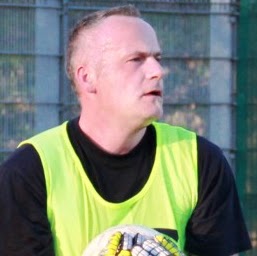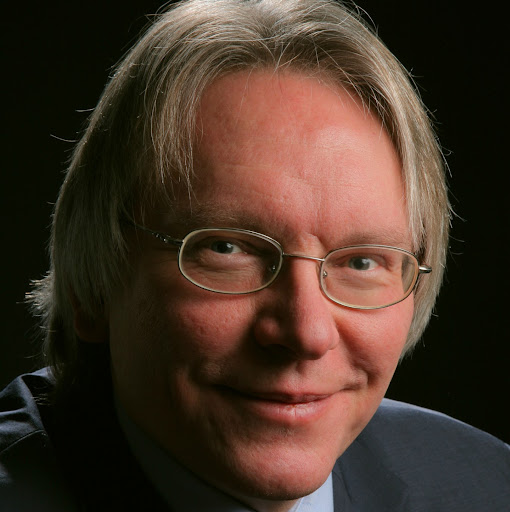Michael R Scheid
age ~79
from Rio Rancho, NM
- Also known as:
-
- Michael Robert Scheid
- Consuelo Scheid
- Mike R Scheid
- Michael R Schneid
- Michael R Sheid
- Michael Schied
- Olive Mary Hoole
Michael Scheid Phones & Addresses
- Rio Rancho, NM
- Anaheim, CA
- Bayard, NM
- Mission Hills, CA
- Las Vegas, NV
- Northridge, CA
- Brea, CA
- 8032 E Naples Ln, Anaheim, CA 92808
Work
-
Position:Building and Grounds Cleaning and Maintenance Occupations
Education
-
Degree:High school graduate or higher
Us Patents
-
Telephone Line Communications Control System
view source -
US Patent:49072609, Mar 6, 1990
-
Filed:Jun 5, 1989
-
Appl. No.:7/362040
-
Inventors:John R. Prohs - Palmdale CA
Charles G. Akins - West Los Angeles CA
Nicholas Efthyvoulos - Pasadena CA
Phillip E. Sandilands - Pasadena CA
Michael R. Scheid - Pasadena CA -
Assignee:Ambassador College - Pasadena CA
-
International Classification:H04M 300
-
US Classification:379224
-
Abstract:The present invention is a telecommunications control system for accepting a plurality of multi-purpose stations for use as attendant stations in an attendant-service complex. Calls directed to the system from originating stations are received by a line connection subsystem having a plurality of connection controllers. Each connection controller in this first plurality of connection controllers provides for cooperating with a respective one of the plurality of multi-purpose stations defining opposite ends of a call connection path. Each of these connection controllers has a controllable switch for opening the call connection path and releasing the respective multi-purpose station. The line connection subsystem further includes a second plurality of connection controllers, each connection controller provides for cooperation with a respective one of the plurality of originating stations in defining opposite ends of a call connection path. A controllable interconnection is arranged between the first and second plurality of connection controllers and includes a system for controlling the interconnection system such that incoming calls from originating stations are extended to multi-purpose stations that have been accepted as attendant stations. Control of the interconnection system is accomplished by a computer processing subsystem which includes provisions for supervision of the system from a supervisory console.
-
Telephone Line Communications Control System
view source -
US Patent:48377996, Jun 6, 1989
-
Filed:Sep 19, 1988
-
Appl. No.:7/249220
-
Inventors:John R. Prohs - Pasadena CA
Charles G. Akins - Big Sandy TX
Nicholas Efthyvoulos - Big Sandy TX
Phillip E. Sandilands - Pasadena CA
Michael R. Scheid - Pasadena CA -
Assignee:Ambassador College - Pasadena CA
-
International Classification:H04M 300
-
US Classification:379224
-
Abstract:The present invention is a telecommunications control system for accepting a plurality of multi-purpose stations for use as attendant stations in an attendant service complex to service calls directed to the system from originating stations. This system comprises a first plurality of connection controllers. Each connection controller in this first plurality of connection controllers provides for cooperating with a respective one of a plurality of multi-purpose stations in defining opposite ends of a call connection path. Each of these connection controllers has controllable switching means for opening the call connection path and releasing the respective multi-purpose station. The system provides for security against use of any of the multi-purpose stations within the attendant service complex by an unauthorized person. This system further includes a second plurality of connection controllers. Each connection controller is this second plurality of connection controllers provides for cooperating with a respective one of a pluraity of originating stations in defining opposite ends of a call connection path.
-
Transparent Inband Signaling
view source -
US Patent:52673057, Nov 30, 1993
-
Filed:Jul 29, 1991
-
Appl. No.:7/737494
-
Inventors:John R. Prohs - Palmdale CA
Nick Efthyvoulos - Sierra Madre CA
Michael J. Little - Los Angeles CA
Michael R. Scheid - Pasadena CA -
Assignee:Ambassador College - Pasadena CA
-
International Classification:H04M 358
H04M 356 -
US Classification:379233
-
Abstract:A method and apparatus for transparent inband signaling during a telephone conversation provides an advantageous way of enabling a party to a telephone conversation to signal a telecommunications system to perform desired functions. A person signaling a system with a general inband signal, such as DTMF, can do so transparently, that is without the other party hearing the inband signals used. This innovation is based on detecting the inband signal, muting the inband signal to prevent the other party from hearing it, and determining which party generated it while allowing the conversation to continue substantially uninterrupted. The inband signal is delayed prior to muting for a short period of time in an alternate embodiment in order to compensate for the time delay in reliably detecting DTMF signals thus mute the inband signal more completely.
Resumes

Michael Scheid
view source
Michael Scheid
view source
Michael Scheid
view sourceFlickr

Michael Scheid
view source
Michael Scheid
view source
Michael Scheid
view source
Michael Scheid
view source
Michael Ryan Scheid
view source
Michael Scheid
view source
Michael Scheid
view source
Michael Scheid
view sourceClassmates

Michael Scheid
view sourceSchools:
De La Salle Collegiate High School Detroit MI 1966-1970
Community:
William Louwers, William Cromie

Michael Scheid (Harris)
view sourceSchools:
Ghent Elementary School Norfolk VA 1990-1993

Michael Scheid | Notre Da...
view source
Ghent Elementary School, ...
view sourceGraduates:
Michael Scheid (1990-1993),
Jessica Shimo (1984-1986),
George Howard (1981-1983),
Courtney Hutcheson (1991-1994)
Jessica Shimo (1984-1986),
George Howard (1981-1983),
Courtney Hutcheson (1991-1994)

Notre Dame High School, M...
view sourceGraduates:
Michael Scheid (1966-1970),
Judi Courtney (1955-1959),
Michael Volk (1959-1963),
Connie Nedved (1966-1970),
Kay Carstensen (1956-1963)
Judi Courtney (1955-1959),
Michael Volk (1959-1963),
Connie Nedved (1966-1970),
Kay Carstensen (1956-1963)

Foster City Elementary Sc...
view sourceGraduates:
Michael Scheid (1996-2000),
Ed Cook (1993-1999),
Cindy Lee (1969-1975),
Ediomo Ndon (1996-1998),
Darren Darren Smith (1996-2000)
Ed Cook (1993-1999),
Cindy Lee (1969-1975),
Ediomo Ndon (1996-1998),
Darren Darren Smith (1996-2000)

San Diego State Universit...
view sourceGraduates:
Michael Scheid (1982-1986),
Bruce Leet (1997-2001),
Juma al Ghurair (1980-1984),
Erik Zakoske (1987-1991)
Bruce Leet (1997-2001),
Juma al Ghurair (1980-1984),
Erik Zakoske (1987-1991)

Hayfield High School, Fai...
view sourceGraduates:
Laurie Hicks (1973-1977),
Cynthia Potter (1981-1985),
Laurie Jones (1984-1987),
Mike Scheid (1984-1988)
Cynthia Potter (1981-1985),
Laurie Jones (1984-1987),
Mike Scheid (1984-1988)
Plaxo

Michael Scheid
view sourceYoutube
Googleplus

Michael Scheid

Michael Scheid

Michael Scheid
Myspace
Get Report for Michael R Scheid from Rio Rancho, NM, age ~79


















